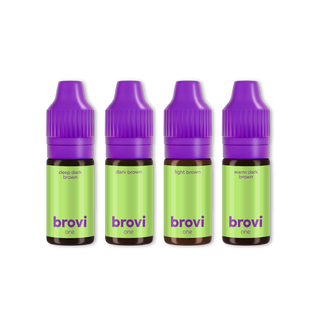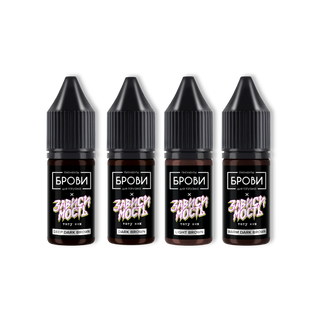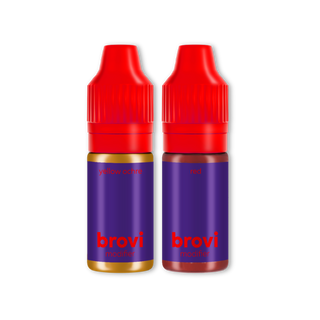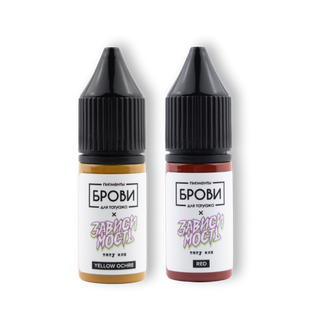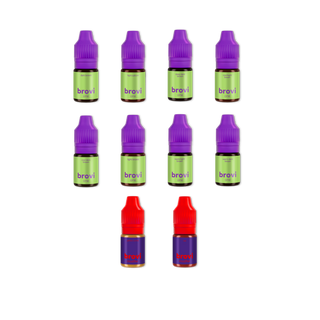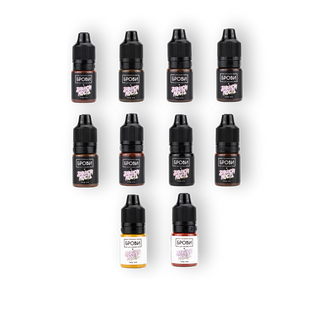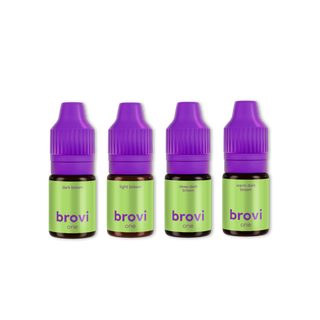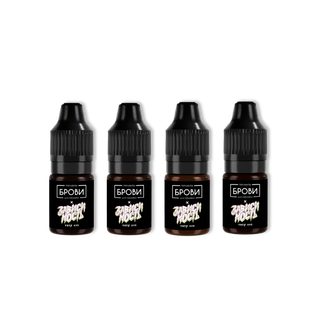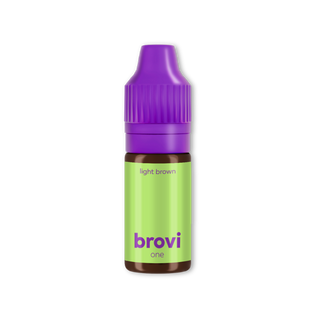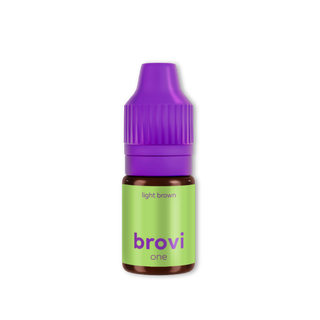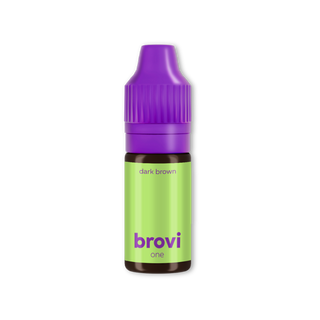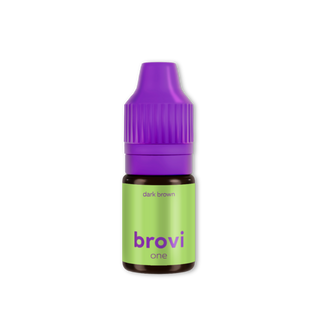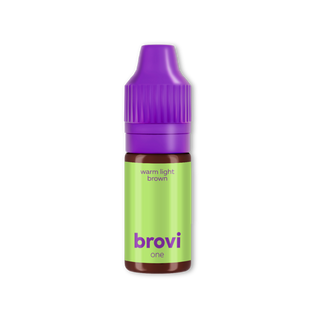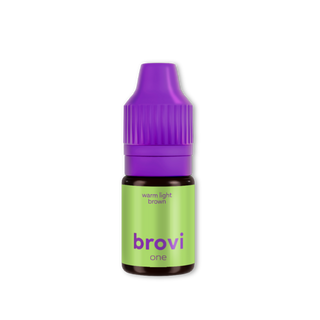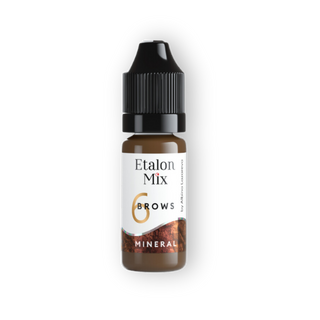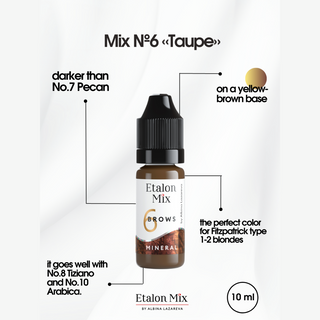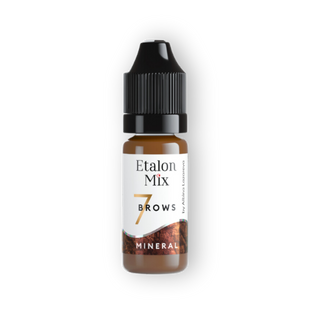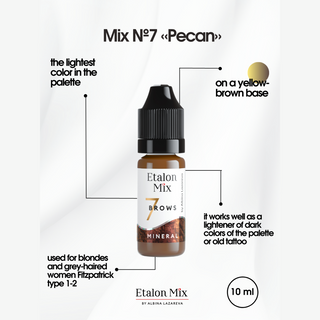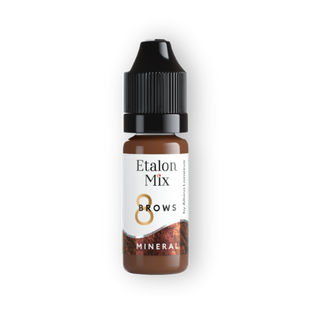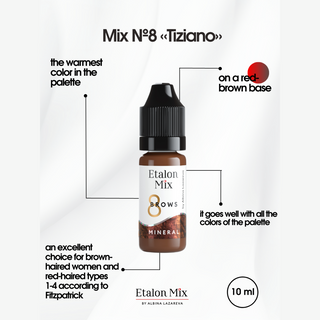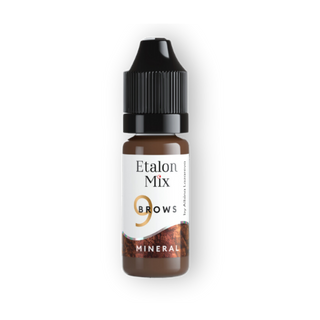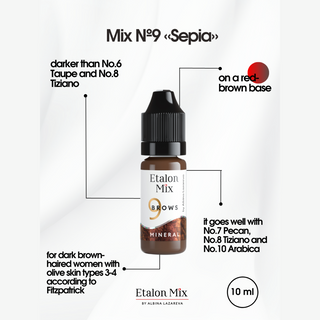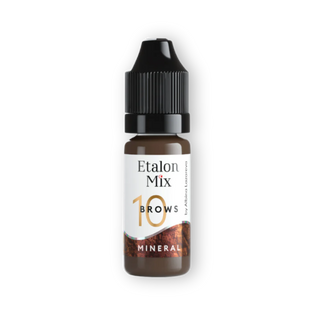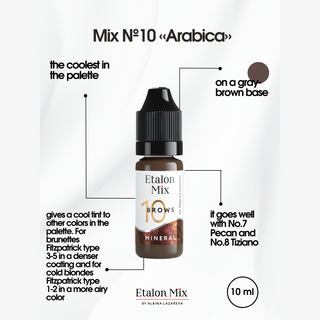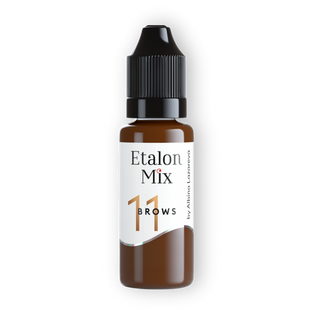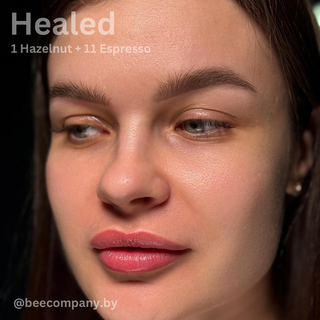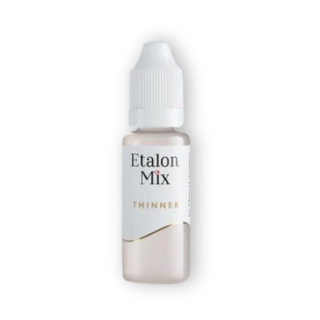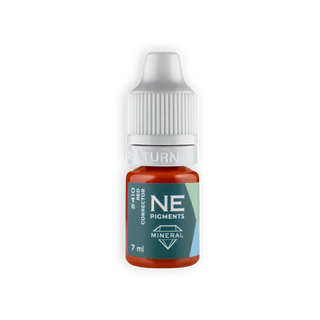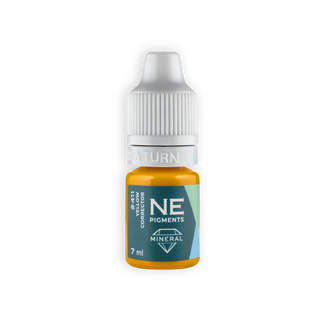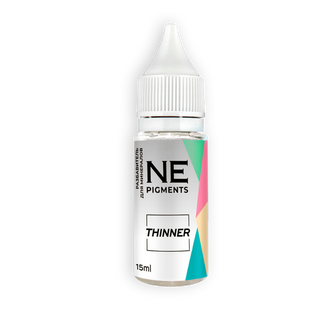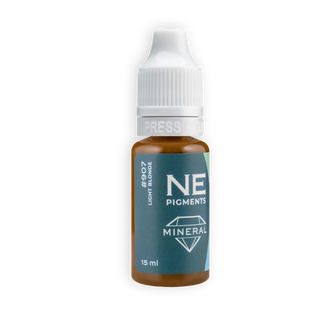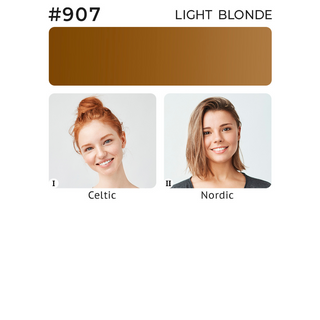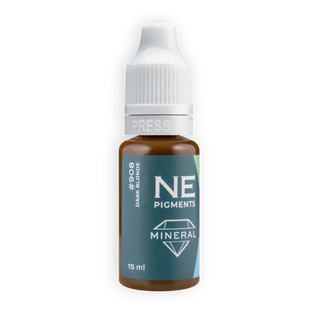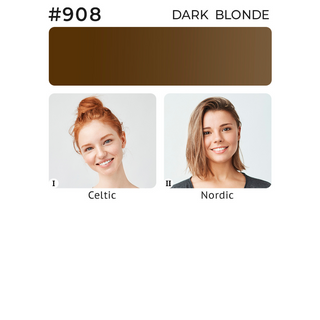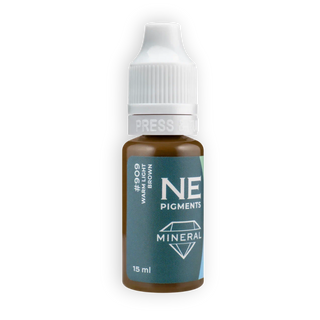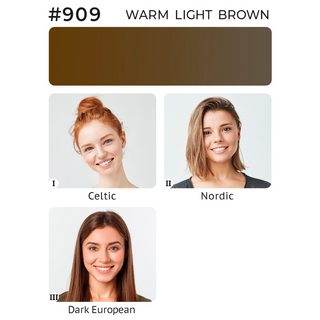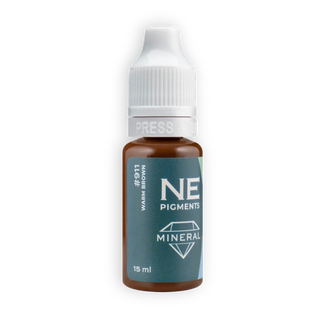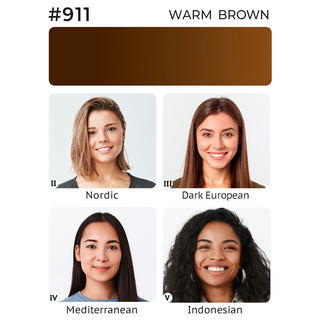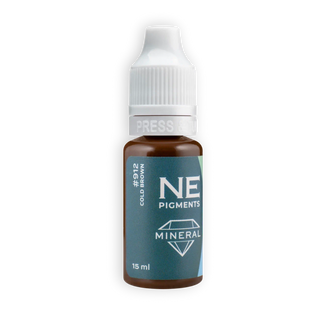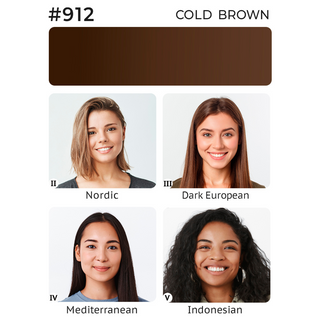Introducción
En el maquillaje permanente, la selección de pigmentos es crucial para lograr resultados confiables y duraderos. Los pigmentos inorgánicos , conocidos por sus tonos tenues y composiciones de color estables, suelen ser atractivos para quienes buscan resultados de aspecto natural. Sin embargo, los artistas a veces observan que estos pigmentos se desvanecen más rápido de lo previsto. Comprender la ciencia detrás de los pigmentos inorgánicos puede aclarar por qué ocurre esto y ayudar a los profesionales a elegir el mejor enfoque para sus clientes.
Composición de pigmentos inorgánicos
Los pigmentos inorgánicos suelen contener óxidos de hierro u otros componentes minerales. Si bien pueden ser menos vibrantes que las opciones orgánicas, las fórmulas inorgánicas suelen ofrecer tonos terrosos y sutiles. Esta característica es especialmente apreciada por los artistas que buscan resultados suaves y naturales en procedimientos como el sombreado de cejas o el camuflaje.
Sin embargo, una cualidad inherente de los pigmentos inorgánicos es su susceptibilidad a factores externos que influyen en su permanencia en la piel a lo largo del tiempo. Los cambios de color e intensidad pueden verse influenciados por múltiples factores, como la fisiología de la piel, la exposición ambiental y la respuesta inmunitaria del organismo.
Factores que contribuyen al desvanecimiento
- Estructura de partículas e integración de la piel
El tamaño de las partículas de los minerales inorgánicos influye de forma importante en la integración de los pigmentos en el tejido. Las partículas más grandes o irregulares pueden hacer que el pigmento sea más propenso a ser expulsado o descompuesto por los procesos cutáneos normales. El sistema inmunitario reconoce estas partículas como extrañas e intenta eliminarlas, lo que puede disminuir gradualmente la intensidad del color. - Oxidación y condiciones ambientales
Los pigmentos inorgánicos que incluyen óxidos de hierro son especialmente propensos a oxidarse al exponerse a condiciones externas como la radiación UV. Con el tiempo, la luz solar y los contaminantes ambientales pueden acelerar el proceso de decoloración, provocando cambios de color. Quienes no protegen su piel de la intensa exposición a los rayos UV podrían ver su pigmentación aclararse antes que quienes son más diligentes con el cuidado posterior. - El pH de la piel y la dinámica de curación
El entorno químico de la piel, incluyendo factores como el pH y la respuesta inmunitaria individual, puede afectar la retención de pigmentos. Si el proceso de cicatrización se prolonga o se ve comprometido (por ejemplo, debido a un cuidado posterior inadecuado), existe una mayor probabilidad de cambios de color o una pérdida acelerada de los pigmentos inorgánicos. - Variación en formulaciones inorgánicas
No todas las marcas de pigmentos inorgánicos son iguales; algunas combinan diferentes óxidos o compuestos minerales para lograr colores específicos. La estabilidad de estas combinaciones puede variar. Una fabricación inconsistente o diferencias en el proceso de molienda del pigmento pueden provocar que un producto dure bien mientras que otro se decolore prematuramente.
Información adicional sobre el desvanecimiento
Si bien reconocemos las razones fundamentales del desvanecimiento, también es importante tener en cuenta lo siguiente:
- La longevidad es relativa : los pigmentos inorgánicos aún pueden durar una cantidad de tiempo significativa en comparación con ciertas opciones orgánicas, pero la percepción de desvanecimiento puede ser mayor si uno no espera ningún cambio de color.
- Sesiones de mantenimiento : Los retoques o realces de color pueden ser beneficiosos. En lugar de ver la decoloración como un defecto, algunos artistas y clientes la ven como una oportunidad para ajustar o renovar el tono con el tiempo.
Segunda parte: Consideraciones prácticas
En la segunda discusión sobre por qué los pigmentos inorgánicos pueden desvanecerse, se hace especial hincapié en la aplicación en el mundo real y en cómo los artistas pueden mitigar estos problemas:
- Elegir la técnica adecuada
El control adecuado de la profundidad al implantar pigmentos inorgánicos es crucial. Una implantación demasiado superficial o demasiado profunda puede provocar una cicatrización desigual y una mayor probabilidad de pérdida de color. Un enfoque equilibrado, adaptado al tipo de piel de cada cliente, ayuda a garantizar la estabilidad del color. - Educación del cliente
Dado que los factores externos influyen considerablemente en la retención del color, los profesionales deben asesorar a sus clientes sobre el cuidado posterior, la protección solar y unas expectativas realistas. Informarles sobre los cambios naturales que experimentan los pigmentos con el tiempo ayuda a mantener su satisfacción, incluso si la decoloración es inevitable. - Calidad sobre cantidad
Usar una marca de pigmentos de gran reputación puede reducir la imprevisibilidad asociada con las formulaciones inorgánicas. Busque fabricantes que realicen pruebas rigurosas de tamaño de partícula, consistencia del color y estándares de seguridad. Este nivel de cuidado suele estar relacionado con un mejor rendimiento. - Monitoreo de las reacciones cutáneas
Durante la cicatrización, esté atento a signos de descamación excesiva, infección u otras complicaciones. Una intervención rápida puede ayudar a preservar la integridad del pigmento. Problemas como la irritación o la sobreexposición a productos para el cuidado de la piel que contienen químicos agresivos (p. ej., retinoles) también pueden acelerar la decoloración.
Tomar una decisión informada
Para los artistas que aprecian la sobria elegancia que ofrecen los pigmentos inorgánicos, comprender por qué pueden desvanecerse y cómo controlarlo es fundamental. Las tintas inorgánicas destacan por su sutileza y tonos naturales, lo que las convierte en las favoritas para looks clásicos de cejas o sombreados refinados. Sin embargo, es crucial equilibrar estos beneficios con las técnicas y expectativas adecuadas.
- Consejo para artistas : Mantenga un registro exhaustivo de sus clientes y observe la resistencia de cada fórmula de pigmento. Esta información constante puede guiar su elección de marca y gama de colores.
- Consejo para los clientes : Anímelos a practicar una buena protección solar y un cuidado posterior constante, ya que estos pasos son los más efectivos contra la decoloración prematura.
En resumen
Los pigmentos inorgánicos son valorados por sus suaves paletas de colores y sus predecibles propiedades de curación. Sin embargo, pueden decolorarse debido a factores como la oxidación, la reacción del sistema inmunitario y la exposición ambiental. Al mantenerse informados sobre las diferencias en las formulaciones, realizar técnicas de implantación especializadas y educar a los clientes sobre resultados realistas, los artistas pueden seguir utilizando pigmentos inorgánicos con éxito.
En definitiva, aunque cierta decoloración sea normal en las tintas inorgánicas, esto no disminuye su importancia para lograr resultados hermosos y naturales. Conociendo las razones de esto, los profesionales de PMU pueden perfeccionar sus enfoques y guiar a sus clientes hacia la mejor experiencia posible.



